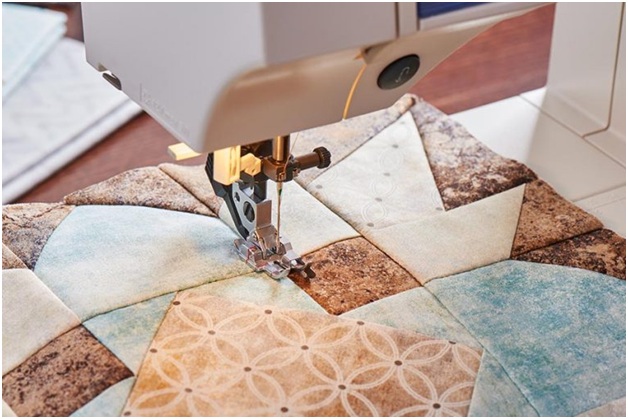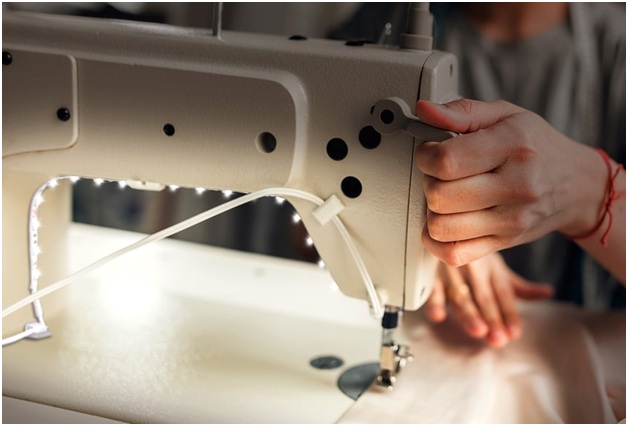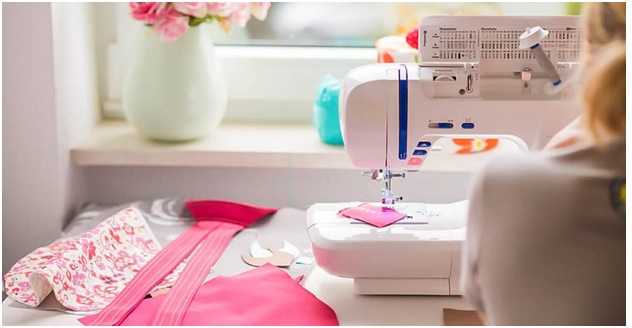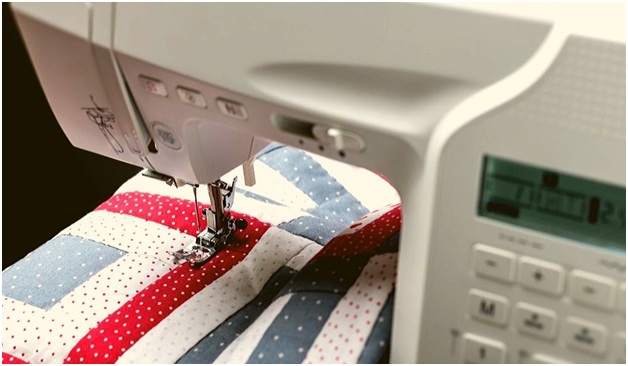Sewing is a craft that involves stitching. On the same token, quilting is the fastening of typically 3 layers of fabrics together with the use of thread and needle. All types of quilting can be referred to as sewing. Contrary to it, all types of sewing can?t be treated as quilting. They are popular and different concepts. So, you are not supposed to mix them and then do the sewing machine selection.
4 differences mentioned on are sufficient to understand the difference between sewing and quilting and do the sewing machine selection-
- Layers- Sewing makes the use of stitching to attach 2 fabrics using a needle and a thread. Whereas, quilting has 3 layers in it. The first is the top fabric, the second is the insulating material and the third one is the back material.
- Insulation- Sewing doesn?t have any middle layer. However, the middle layer of quilting is known as the insulation material.
- Steps- The steps involved in both the concepts are quite different. The steps of the sewing process include- cutting, weaving, alteration, etc. Contrary to it, the steps of the quilting include- cutting, designing, binding, piecing and applique.
- Machines- Both the processes are done by hand but they hold a great difference. With the advances in technology and the introduction of the industrial revolution, machines have been introduced for both processes.

Table of Contents
Differences between quilting and a sewing machine-
- Workspace- As compared to a sewing machine, a quilting machine requires a lot more space. The longer machine has a wide throat and it would require a large work area.
- Extension Table- For sewing, an extension table is not necessary. But for quilting, it is the foremost requirement. It provides an extra surface for binding along the borders.
- Speed- If quilting is your full-time job for a living then you are recommended to go for a quilting machine instead of sewing. They enable you to quilt at an increased speed. Besides speed, it offers other valuable features like wide space and a flatbed.
Different Types of Sewing Machines and their comparison-
The list of different types of sewing machines is very long. Commonly, there are 3 types of sewing machines which are mentioned below-
- Mechanical
- Electronic
- Computerized
Ø Mechanical Sewing Machines are the simplest type of sewing machines.

They are less-expensive and divided into 2 parts- Hand Operated and Treadle Sewing Machine.
- Hand Operated-
- It is the simplest form of domestic sewing machine that is operated by hand
- A handle is attached to operate the machine
- As a hand-operated sewing machine doesn?t work speedily it is used for simple projects.
- The machine is ideal for the areas that are suffering from electricity issues.
- Treadle Machine-
- It is operated by the feet with the additional stand attached to the table.
- A belt is attached to the lower stand passing through the balance wheel.
- They are faster than the hand-operated sewing machine.
- It enables you to speedily finish the work. As your both the hands are free to handle the fabrics.
Ø Electronic-
They have some additional features and became popular in the 1970s.
- They run faster than manually operated machines.
- In these machines balance wheel is attached to an electronic motor.
- Practice plays an important role in handling these products.
Ø Computerized Sewing Machines-

- They are easy and fast to use.
- They work with the help of various unique and valuable software.
- They are multi-function machines. As a result, they are expensive.
- A computerized sewing machine works very appropriately and they have an LED Display, LCD Display or Touch Screen.
Pros and Cons of Hand Sewing v/s Machine Sewing-
You can stitch your product by hand or by Machine. Remember, that both the techniques have some pros and cons which can be understood.
Ø Merits of sewing by hand-
- Great for Beginners- All you require for the task is a thread and a needle. It is designed for beginners to learn about stitch construction.
- Portable- For a majority of hand sewing projects, it is possible to carry your sewing with you wherever required.
- Hand sewing provides proper control over-length of the stitches and how you want to attach the fabrics.
Ø Demerits of hand sewing-
- Making the hand stitches at the same length is a complicated task.
- Time is money and sewing by hand wastes it a lot. The task that can be completed in minutes by a machine takes hours to be completed by hand.
Pros of using a sewing machine-

The basics of machine sewing, and hand sewing remain consistent. But the machine needles are different from the hand sewing needles.
- Machine sewing requires less time and can be finished in seconds.
- It is extremely convenient to complete projects of all sizes once you get familiar with the basics.
They both are good and their selection depends on your sewing objective. Sewing by hand is better for small projects. Whereas sewing by machine offers you the straightest line possible.
Cons of using a sewing machine-
- Sewing Machines can be quite expensive
- Learning the basics of a sewing machine is a time-consuming task. Moreover, mastering machine sewing techniques takes some practice. To understand the ins and out it is a good idea to take a class to avoid potential injury.
- Yes, they are capable to give you professional-level stitches. But it is difficult to control the placement of stitches through a machine. As it requires a lot of practice to achieve perfection, advanced sewers have more control over it as compared to the beginner.
Conclusion-
It is a great option to use sewing machines for precise, and decorative stitches. You can achieve the same results whether stitching by hand or machine. As they both have their merits and demerits you are not supposed to pick up the one for all of the circumstances.
It is recommended, that your sewing machine selection should be based on your sewing project.
